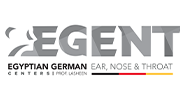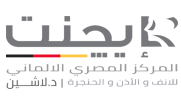Rhinoplasty: Getting a nose job is a somehow unusual procedure in the middle east, but it is done quite a lot. We just don’t hear about it. Whether it’s done to fix a breathing problem or amend something in how the nose looks. It doesn’t matter as the pain is minimal and the risk isn’t […]



